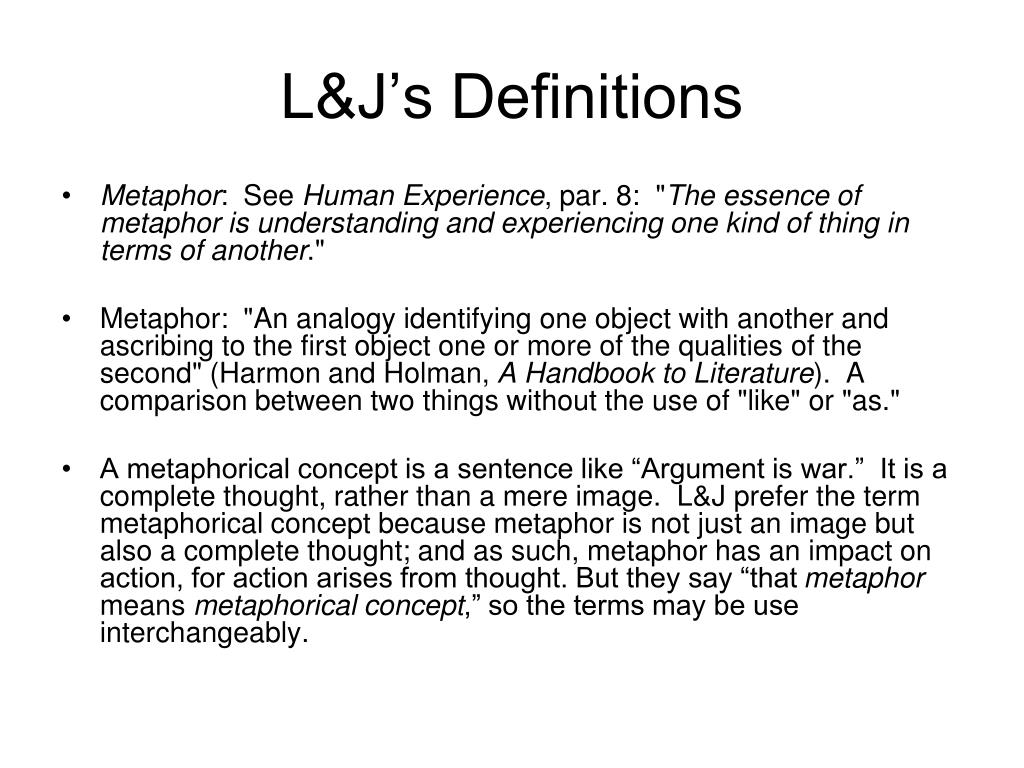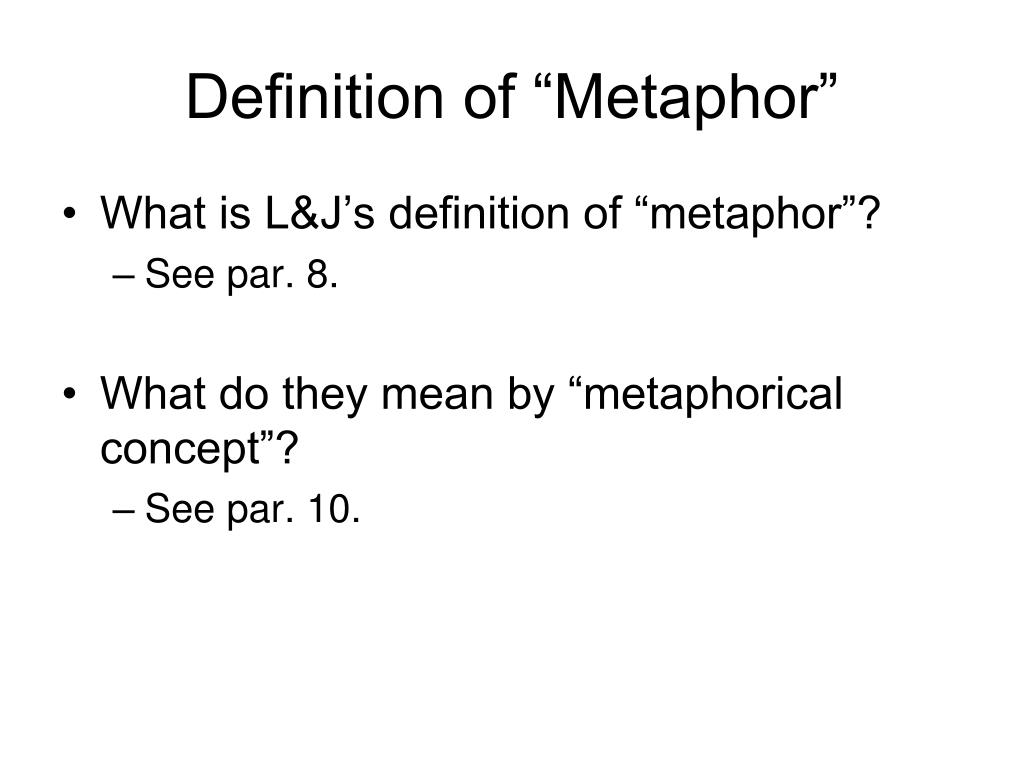
He peeks inside, giving the advertiser the opportunity to show off the interior, and then walks around to the back where he sees the word “Hybrid” stamped to the side. The advertisement opens with an image of Kermit the Frog singing “It’s Not Easy Being Green” as he rides his bicycle over a rocky trail through brush-covered hills, paddles his way through rushing rapids through a rocky gorge, climbs a steep cliff looking over a pine-covered mountainside and finally parts the leaves of thick, bushy undergrowth to reveal the SUV. In Ford’s commercial for their Escape Hybrid, a conceptual metaphor is invoked as Kermit the Frog works to capitalize on the attitudes and beliefs of parents concerned about the quality of life in their children’s future as well as those who feel responsible for the environment. Once the concept is understood, it is easy to apply it to real-world applications such as in the use of advertising. So we could say that Wendy is a Bird or boys are beasts and make the same application to the conceptual metaphor. Thanks to this deeper, innate understanding of the conceptual metaphor, we are able to replace the first domain, the professor, with any representative of the second domain, the snake. “For example, the expression the professor is a snake is really a token of something more general, namely, the conceptual metaphor ” (Danesi, 2004: 107). The example provided by Danesi is particularly appropriate for considering the messages of advertising. They refer to the result of the linkage as a conceptual metaphor” (Danesi, 2004: 107). “The two scholars add a remarkable twist to the Aristotelian distinction, namely that abstract concepts are linked systematically to concrete ones via metaphor.



The concept of the conceptual metaphor is brought forward by Lakoff and Johnson, who were building off the ideas of the Greek philosopher Aristotle.

As a result, the connection, once made, is difficult to remove. Generally speaking, a conceptual metaphor is defined as a metaphor “that is so basic in the way people think about something that they fail to perceive that it is a metaphor” (“Conceptual Metaphor”, 2007).


 0 kommentar(er)
0 kommentar(er)
